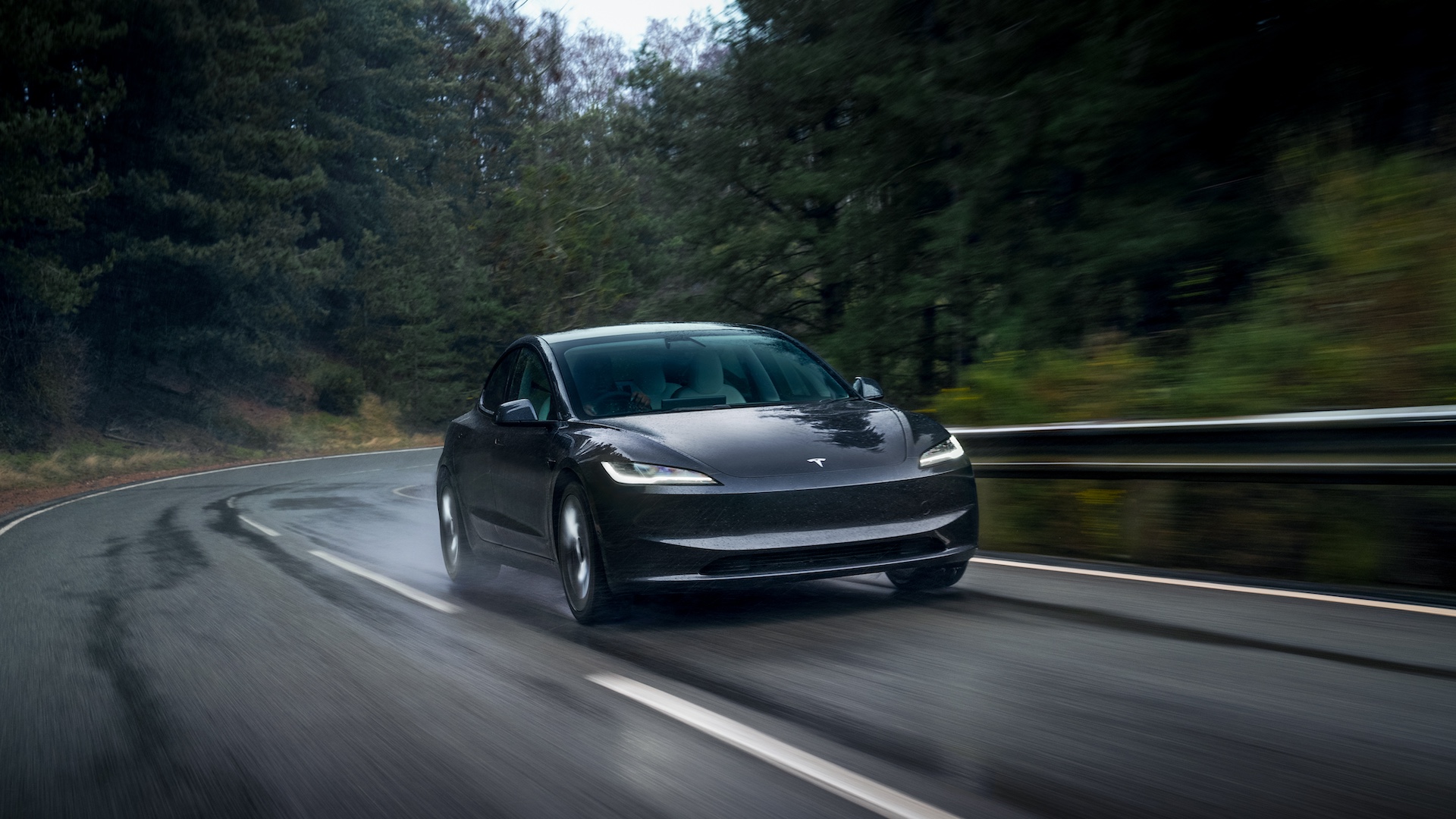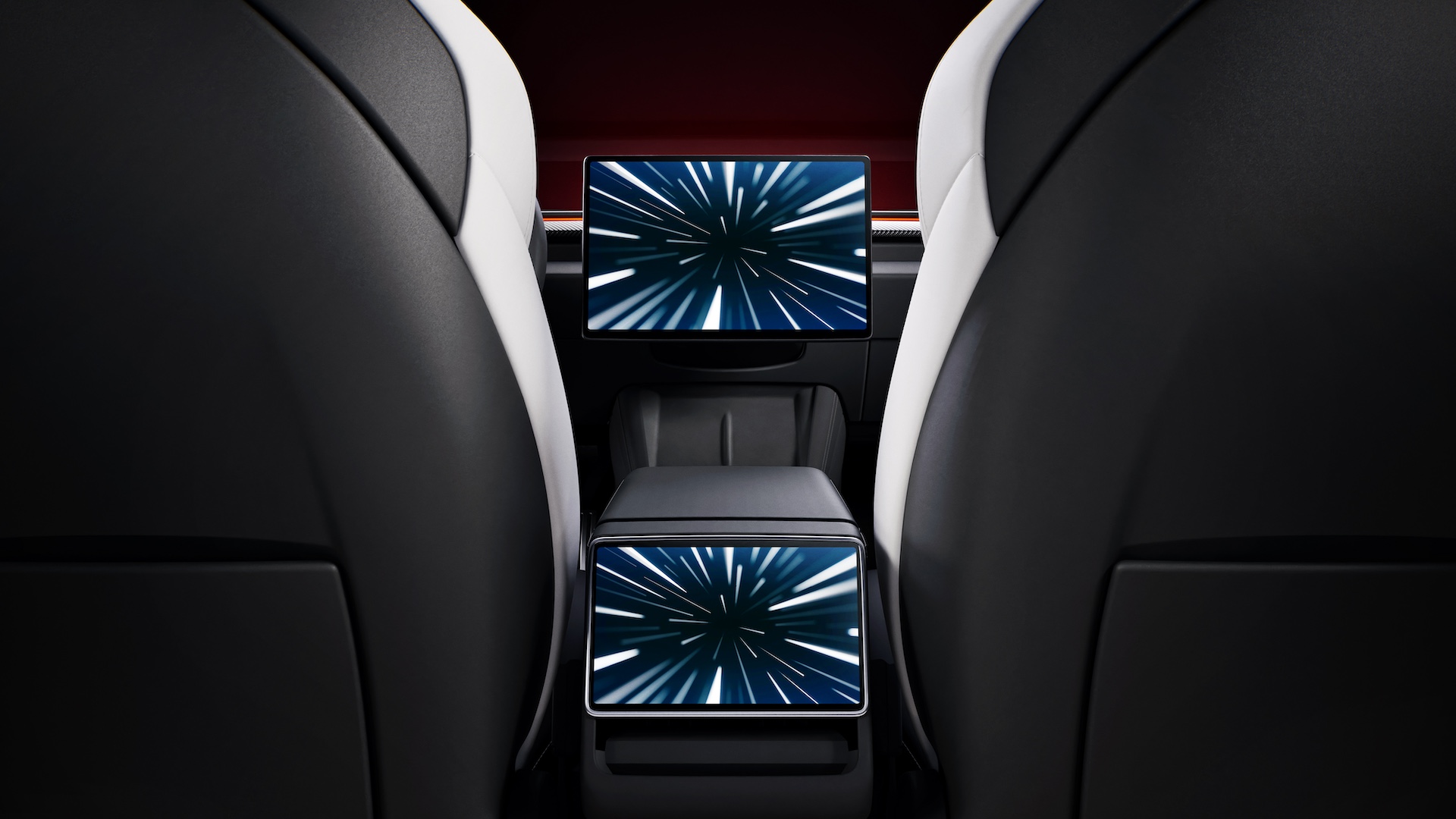Tesla’s Full Self-Driving update promises smoother lane changes and more decisive action, as it speeds towards a driverless future
Update leans heavily on AI for improved highway performance

We reported recently that the Tesla Cybertruck has finally received the Full Self-Driving (FSD) capabilities that it was promised from launch, with early access testers and a handful of VIP customers gaining access to the latest software update.
But further release notes surrounding update 2024.32.20, which ushers in the latest FSD V12.5.5 software build, reveals that this most recent iteration brings with it some serious semi-autonomous driving updates.
A new end-to-end highway stack leans heavily on Tesla’s neural nets, its use of artificial intelligence that harnesses the power of machine learning to help its vehicles make faster decisions when out on public roads. Previous generations of FSD brought with it an end-to-end stack on city streets only, but this is now being rolled out to faster highway networks.
Put simply, it removes the need for software engineers to hand-code all of the potential decisions a Tesla has to make when operating in (supervised) Full Self-Driving mode.

Instead the AI, which has been trained using thousands of hours of footage collated by the fleet’s myriad camera systems, can begin to make decisions depending on the scenario and environment.
The release notes, which were analysed by NotaTeslaApp, reveal that Tesla is speeding up progress towards unsupervised FSD, which will be crucial if it is to make a success of its robotaxi business - of which an update is due from the company on October 10.
The upcoming improvements include earlier and more natural autonomous lane changing, more decisive action at stop lights and intersections, as well as improved lane selection and correct indicating at roundabouts.
Sign up for breaking news, reviews, opinion, top tech deals, and more.
More interestingly, NotaTeslaApp claims that the recent update will introduce a new speed profile, which was once slated to be called 'Hurry Mode' but looks to now be simply dubbed 'Speed Mode'.
Selecting this option will likely see the vehicle accelerate slightly more aggressively, as well as overtake slower moving vehicles on the highway.
The bumpy road to fully autonomous driving

Unfortunately, the wider Tesla community is going to have to wait for the rollout of the latest FSD V12.5.5 software, with the company currently focussed on a select few Cybertruck owners for now.
A post from Tesla’s Autopilot director Ashok Elluswamy on X says that his team is "close to an early release build for remaining platforms" and that internal employees will be the first to receive it in the coming weeks.
These gradual improvements show that Tesla is on the right path towards true unsupervised self-driving functionality, but one of the key metrics of success is the number of system 'disengagements' per miles driven.
Tesla has repeatedly claimed that it has reduced the number of disengagements - or situations where the vehicle hands back driving duties to the driver - with every software release.
However, a community of Tesla owners have banded together to create an open source FSD Community Tracker, which allows owners to upload data surrounding the number of disengagements and the reasons for FSD not functioning correctly.
According to this dataset, there hasn't been much of an improvement to the system in recent software generations, with some versions actually revealing a regression in the number of miles driven without a critical disengagement of the FSD system.
With Tesla's Hollywood-spec robotaxi event just around the corner, the company is clearly keen to shout about the advances and improvements in its autonomous driving capabilities.
But even with the promise of a smoother and more decisive driving experience, it still feels like the company is a long way off achieving the sort of unsupervised autonomous driving levels required for a fleet of robotaxis to be operating safely.
you might also like

Leon has been navigating a world where automotive and tech collide for almost 20 years, reporting on everything from in-car entertainment to robotised manufacturing plants. Currently, EVs are the focus of his attentions, but give it a few years and it will be electric vertical take-off and landing craft. Outside of work hours, he can be found tinkering with distinctly analogue motorcycles, because electric motors are no replacement for an old Honda inline four.